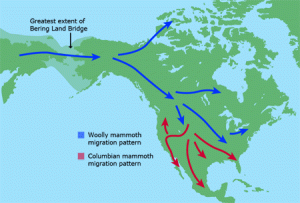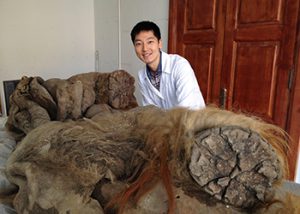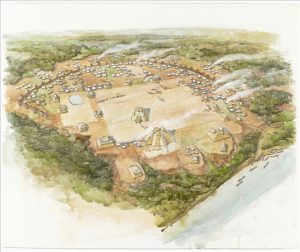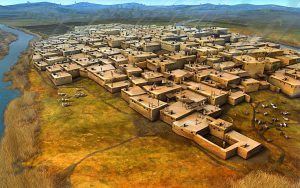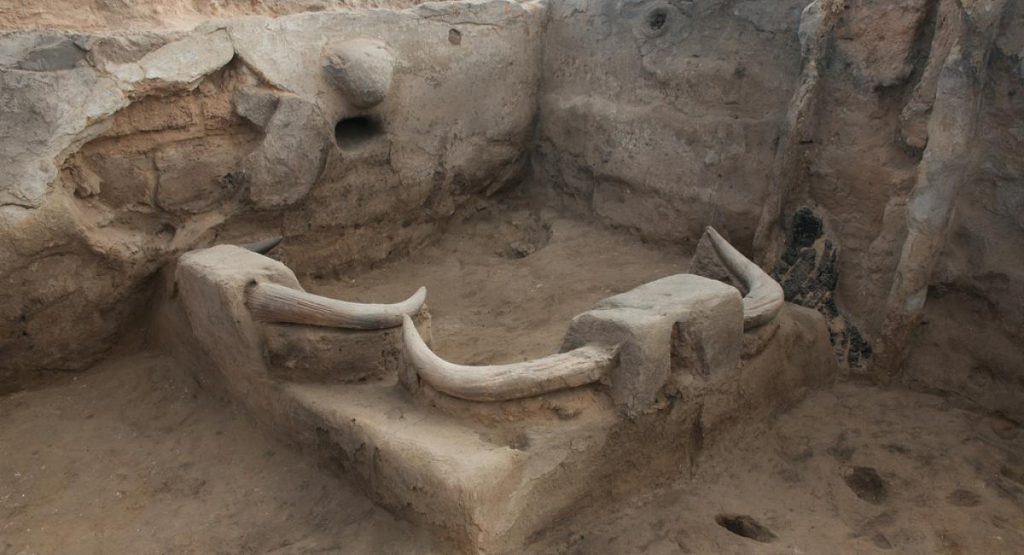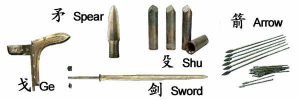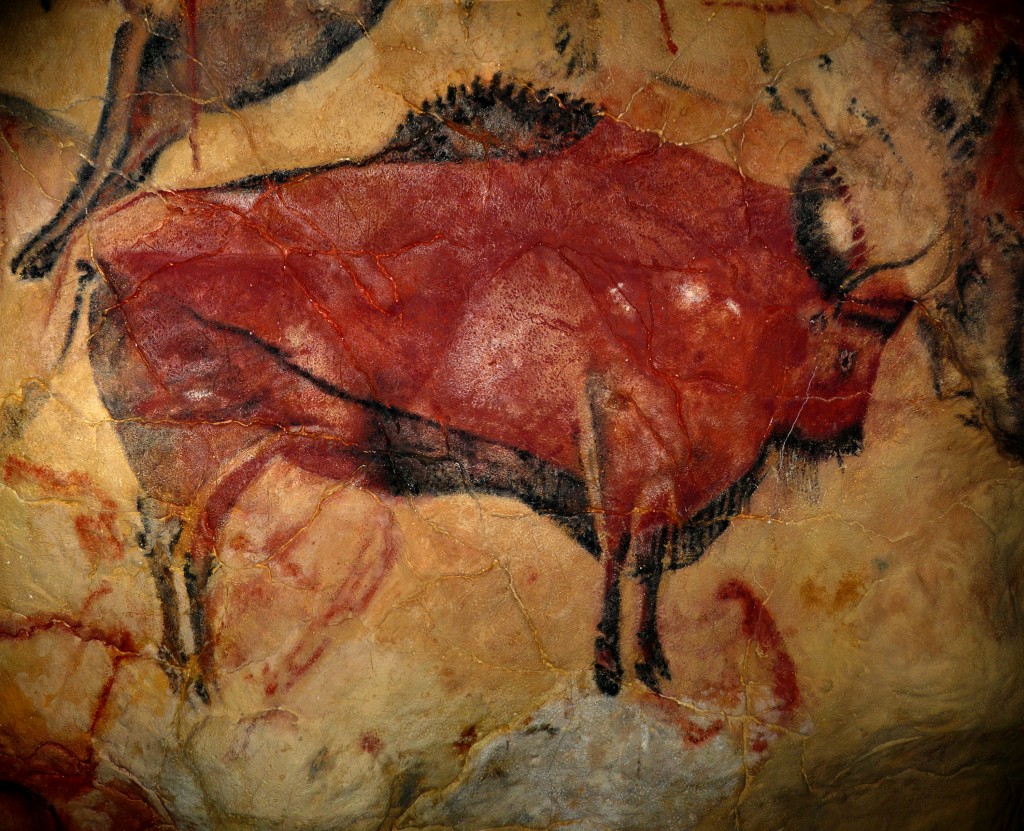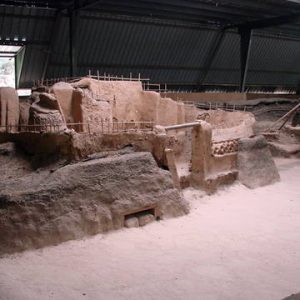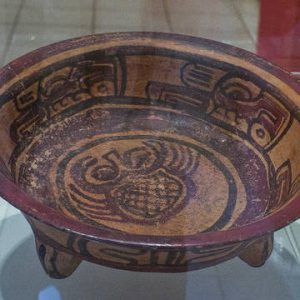History of Mammoth Breeds
Throughout the course of time, there have been a few different types of mammoths. About 1.8 million years ago, a breed of mammoth known today as the southern mammoth crossed into North America via a temporary land bridge in the Bering Strait. The Columbian mammoth was also a prevalent breed in North America, with its range covering the present-day United States down to Nicaragua. The smallest of the mammoth species was the woolly mammoth. A little over 100,000 years ago was the first time they were able to get to North America, again via the Bering Strait land bridge. Archaeologists know the migration patterns based on the ages of skeletons and fossils that are found across the globe.
What We Know About the Mammoths
Much of what we know today about the woolly mammoth comes from their teeth. The aforementioned breeds of mammoths were only able to be differentiated because of variations in their teeth. For example, the woolly mammoth had the most enamel ridges in order to protect its teeth from the abrasive grasses it consumed. Scientists at the Natural History Museum in London used a micro-CT scan to map the changes in mammoth teeth throughout their lifetimes based on the microscopic features on worn down enamel.
Reasons for Extinction
There are three ways archaeologists believe that the woolly mammoth met its demise. The first is from human interference. For humans living during the Pleistocene era, woolly mammoths were a source of meat, thick hide, fur, and bone. It would have only made sense for humans to kill as many mammoths as possible. The second belief is that the woolly mammoth went extinct because a large meteorite or comet struck the Earth. This would have also caused a mass extinction of many other animals as well. The third belief is that climate change shrunk the woolly mammoth’s territory so quickly that the beasts could not adapt to the warmer climate quickly enough. The changing climate has been affecting populations of animals for millions of years, so this hypothesis is the most plausible.
Can We Bring Them Back?
Within the last few years, news headlines have been talking about the possibility of cloning a woolly mammoth. In 2013, archaeologists uncovered a well-preserved woolly mammoth from a peat bog in Siberia. The contents of its stomach contained grassland plants such as buttercups and dandelions, so the animal was nicknamed Buttercup. After just a few tests, archaeologists were able to find blood oozing from Buttercup near her elbow. The blood told a lot about Buttercup, but so far an undamaged strand of DNA cannot be found. Cloning is temporarily out of the picture. The best that science can hope for is to combine DNA from Buttercup with that of elephants, essentially creating a new breed of mammoth.
For Further Reading
- http://www.livescience.com/50275-bringing-back-woolly-mammoth-dna.html
- http://www.techtimes.com/articles/161859/20160531/40000-year-old-juvenile-mammoth-named-lyuba-gets-featured-in-canadian-museum.htm
Sources
- http://www.ucmp.berkeley.edu/mammal/mammoth/about_mammoths.html
- http://www.nhm.ac.uk/our-science/science-news/2015/november/north-american-mammoth-origins-rewritten.html
- http://www.nationalgeographic.com.au/history/why-did-the-woolly-mammoth-die-out.aspx
- http://www.livescience.com/48769-woolly-mammoth-cloning.html

